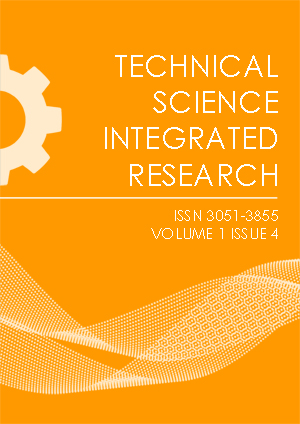Abstract
In contemporary pedagogy, communicative competence is recognized as one of the essential outcomes of education, especially in language learning. The ability to communicate effectively extends beyond mastery of grammar and vocabulary; it includes the use of extra-linguistic sources such as gestures, facial expressions, tone, visual imagery, and context-based interpretation. This article explores the role of extra-linguistic sources in developing students’ communicative skills, discusses the theoretical foundations of nonverbal communication, and examines pedagogical strategies that integrate multimodal and extra-linguistic elements in the classroom. It also considers the psychological and cultural dimensions of extra-linguistic communication, emphasizing how these aspects can enhance students’ ability to understand meaning, express emotions, and interact effectively in social and academic contexts.
This work is licensed under a Creative Commons Attribution 4.0 International License.

